Beans are such an exciting food! Versatile + inexpensive + a total nutritional powerhouse. Yet somehow, still so underrated! Come on guys, give beans some love. I can turn a can of beans into a breakfast, lunch, dinner or even a dessert! The Vegetarian’s Guide To Beans will demystify beans for both meat-eaters and plant-eaters alike. Ready to go from bean-skeptic to bean-believer?
Tara’s Tuesday Tips:
The Vegetarian’s Guide To Beans
Beans NEED to be a staple in your diet! You don’t need to be vegan or a hippy or an over-the-top health-crazed athlete to include beans in your daily meal planning.
Let’s get cookin’!
Why Eat Beans?
- Inexpensive
- High in protein
- Contain healthy carbohydrates that don’t spike blood sugars
- Low glycemic index
- Very high in fiber
- Keep you feeling fuller longer
- High in resistant fiber (don’t break down until they reach the gut + this feeds the good gut bacteria)
- Contain magnesium, potassium, B vitamins, iron, folate
- Versatile + can be easily incorporated into any dish
- Easy to cook
- Readily available + easy to find
- Perfect vegan/vegetarian protein source
- Great replacement for meats in recipes
Dried vs. Canned Beans
- Dried Beans
- Cheaper
- Can easily buy in bulk
- Require extra preparation + time
- Canned Beans
- Dried beans that have been cooked then canned
- No need to soak or simmer
- Convenient + quick
- Less flavorful than dried/fresh beans due to length of time sitting in brine prior to eating
- More expensive for less quantity
- Be careful with cans lined with BPA! Avoid whenever possible.
How To Store Beans
- Cool, dry place
- Airtight container (preferably a glass jar)
- Discard unused dry beans after one year
- Store cooked beans in freezer for up to 6 months
- Follow expiration date on canned beans
- Refrigerate cooked beans in a glass, airtight container for up to one week
To Soak Or Not To Soak
- Benefits Of Soaking Beans
- Softens the exterior coat
- Reduces cook time
- Removes some of the elements responsible for flatulence, improves digestibility
- Improves cooking of older + lower quality beans which are tougher to cook
- Can be soaked overnight if you plan ahead
- Makes the nutrients in the beans easier to absorb
- Reasons Not To Soak Beans
- Thin-skinned beans don’t need soaking (black-eyed peas, lentils, black beans)
- No need to soak if you have extra time to boil the beans until they are soft (can take up to 2 hours depending on the bean)
- A pressure cooker can achieve a higher temperature faster allowing beans to cook faster so if you are using an old-fashioned pressure cooker, you can skip the soaking. Instant Pot can achieves the same thing.
Do Beans Need To Be Salted During Cooking?
The great bean controversy. The best advice I can give you in The Vegetarian’s Guide To Beans is if you enjoy creamy beans, salt your water. There are differing opinions out there on salting but that is what it boils down to.
Salt the water used to soak beans, drain + rinse that water, cook them in fresh water + add another pinch of salt. This yields the softest beans. If you cook beans stove-top, add the salt halfway through to get even softer beans.
The Vegetarian’s Guide To Different Types Of Beans
- Black Beans
- Thin-skinned, no need to soak
- Very versatile
- High in phytonutrients + flavonoids
- Garbanzo Beans (chickpeas)
- Rich + nutty flavor
- Widely used in Mediterranean dishes
- Perfect for hummus, roasting, adding to soups + salads
- Pinto Beans
- Easily soak up the flavor of whatever they are cooked in
- Speckly when dry but they lose the speckling when cooked
- Pinto = “painted” in Spanish
- Very creamy texture
- Typically refried becoming the well-known “refried beans” + the most widely eaten bean in the USA
- Black-Eyed Peas
- Named after the black dot in the center of the bean
- Traditionally eaten on New Year’s Day in hopes of bringing prosperity in the new year
- Thin-skinned, no need to soak
- Lentils
- Green, brown, crimson
- Easy to cook
- Thin skinned, no need to soak – don’t soak your lentils!
- Split Chickpeas
- Common in Indian cuisine
- Smaller, yellow, split chickpea
- Referred to as chana dal
- Kidney Beans
- “Kidney” shaped red bean
- High in antioxidants + flavonoids
- Typically used in chilis
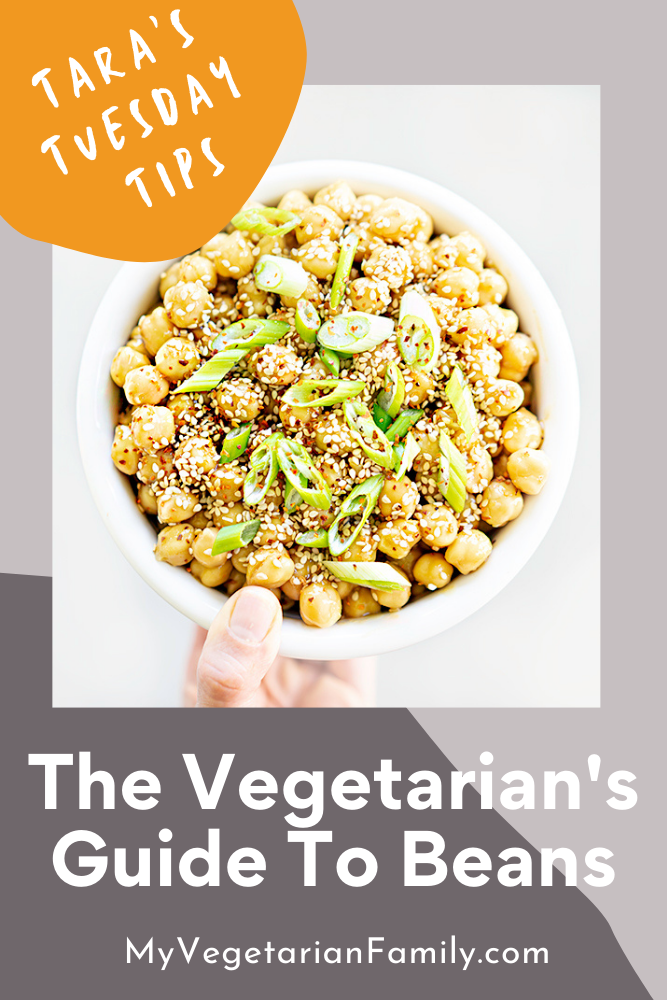
The Vegetarian’s Guide To Beans Cooking in the Instant Pot
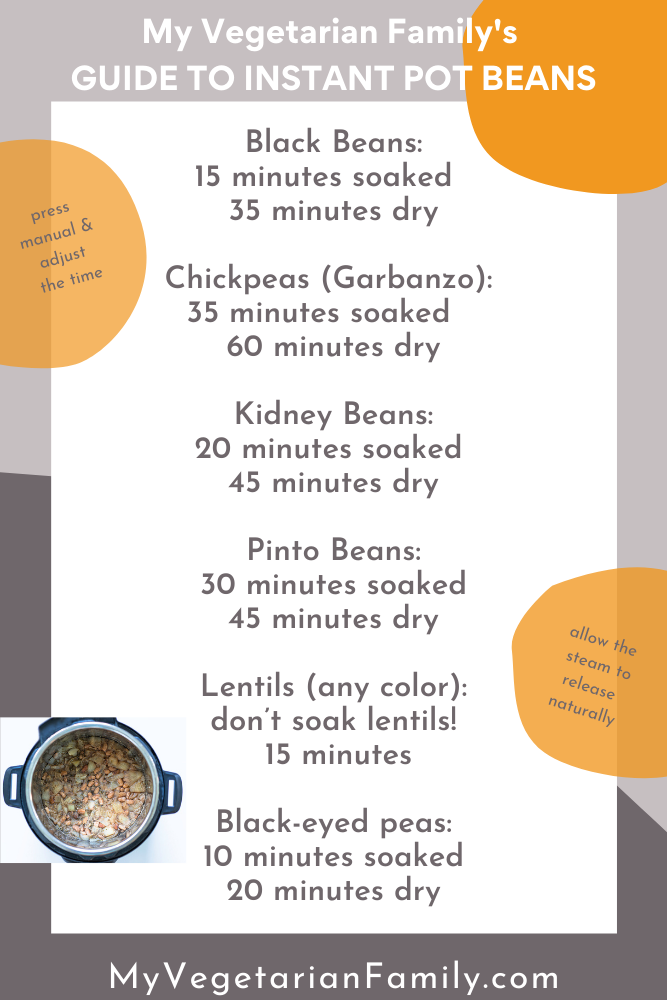
*Click The Image To Save To Pinterest*
The Vegetarian’s Guide To Beans Cooking Stove-Top
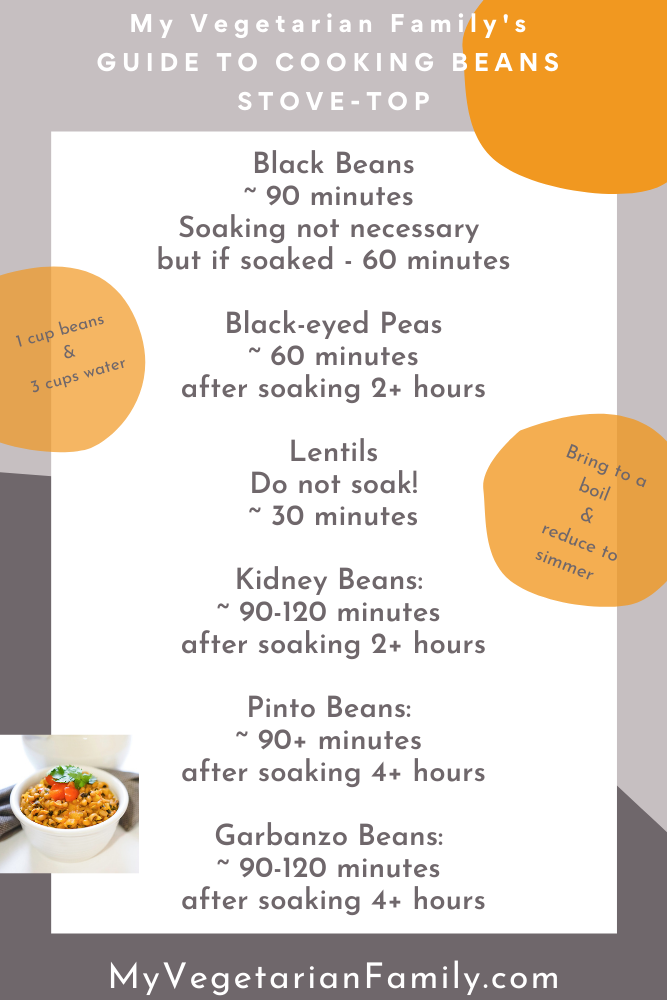
*Click The Image To Save To Pinterest*
The Vegetarian’s Guide To Bean Recipes
Black Beans
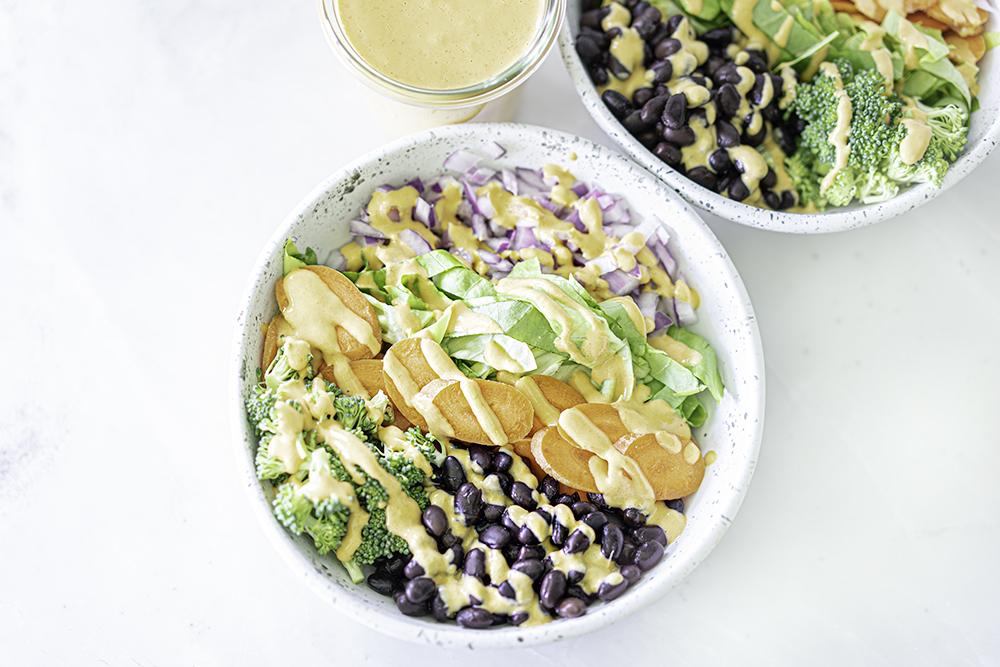
Vegan Black Bean Stuffed Poblano Peppers
Quinoa Black Bean Salad with Lime Dressing
The Easiest Instant Pot Black Beans
Pinto Beans
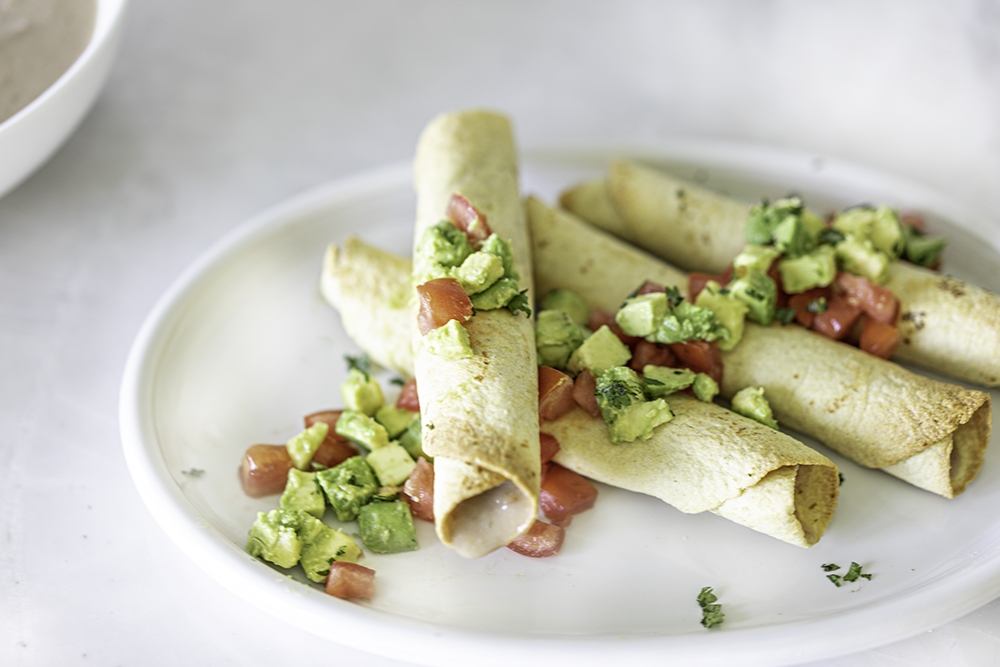
Instant Pot Vegetarian Refried Beans
Air Fryer Refried Bean Taquitos
Black-Eyed Peas
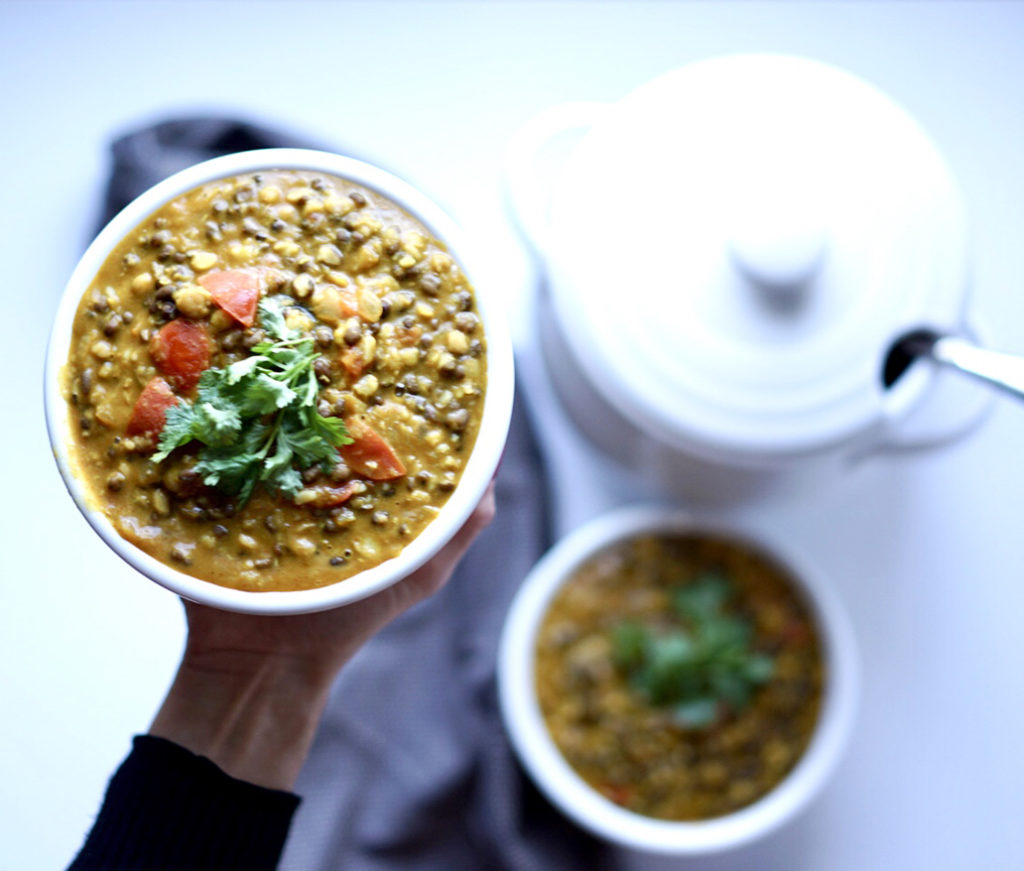
Lentils
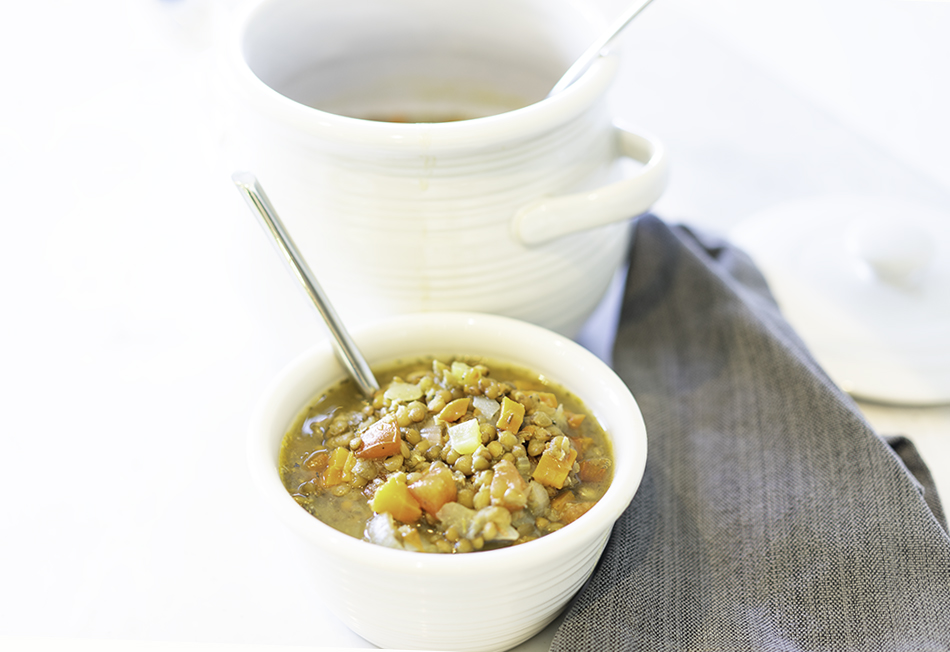
Chickpeas
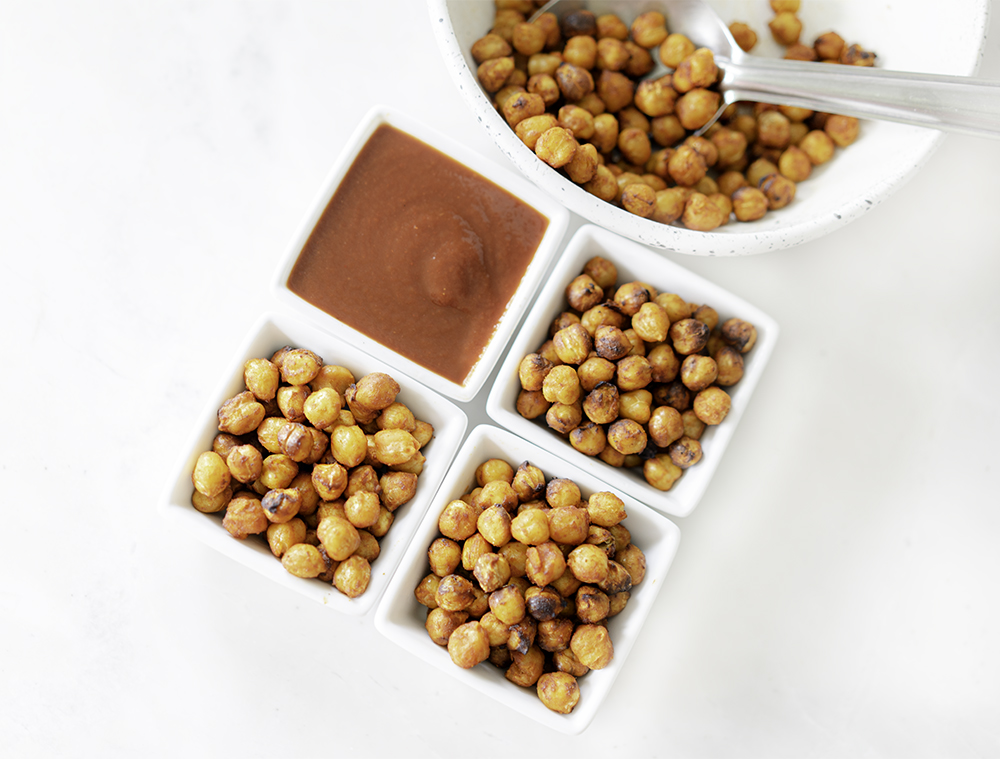
Healthy Peanut Butter Chickpea Muffins
Healthy Vegan Chickpea Blondies
Chickpea Chocolate Chip Cookies (Vegan + Grain-Free)
Oil-Free Everything Bagel Hummus
Kalamata Olive Hummus Recipe (Oil Free!)
Savory Pumpkin Hummus (Oil-Free!)
Cilantro Jalapeno Hummus (Oil-Free!)
Edible Vegan Cookie Dough (Easy +Healthy!)
Asparagus Salad with Lemon Garlic Dressing
Kidney Beans
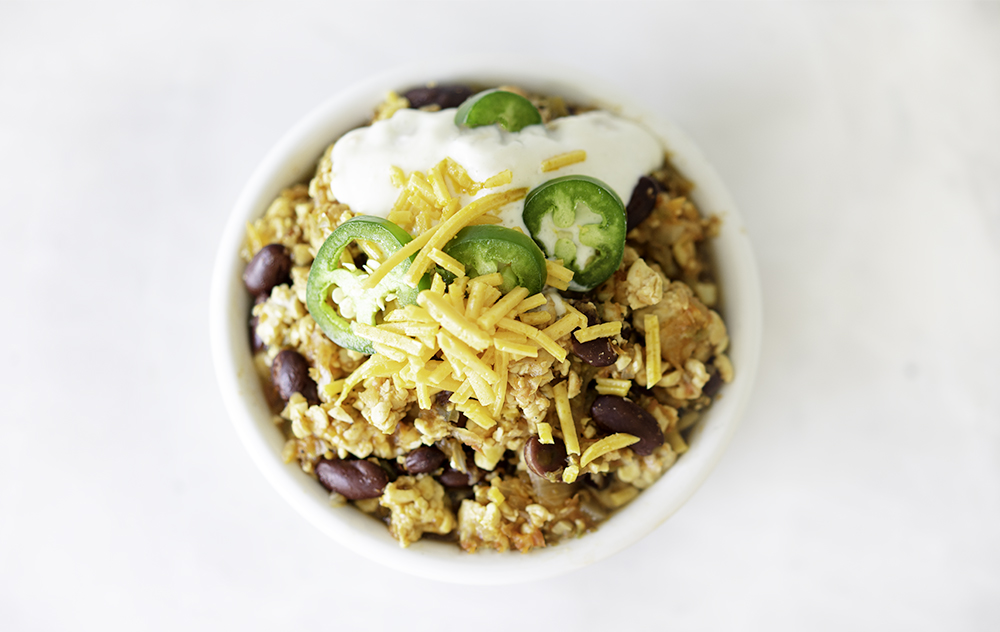
Split Chickpeas
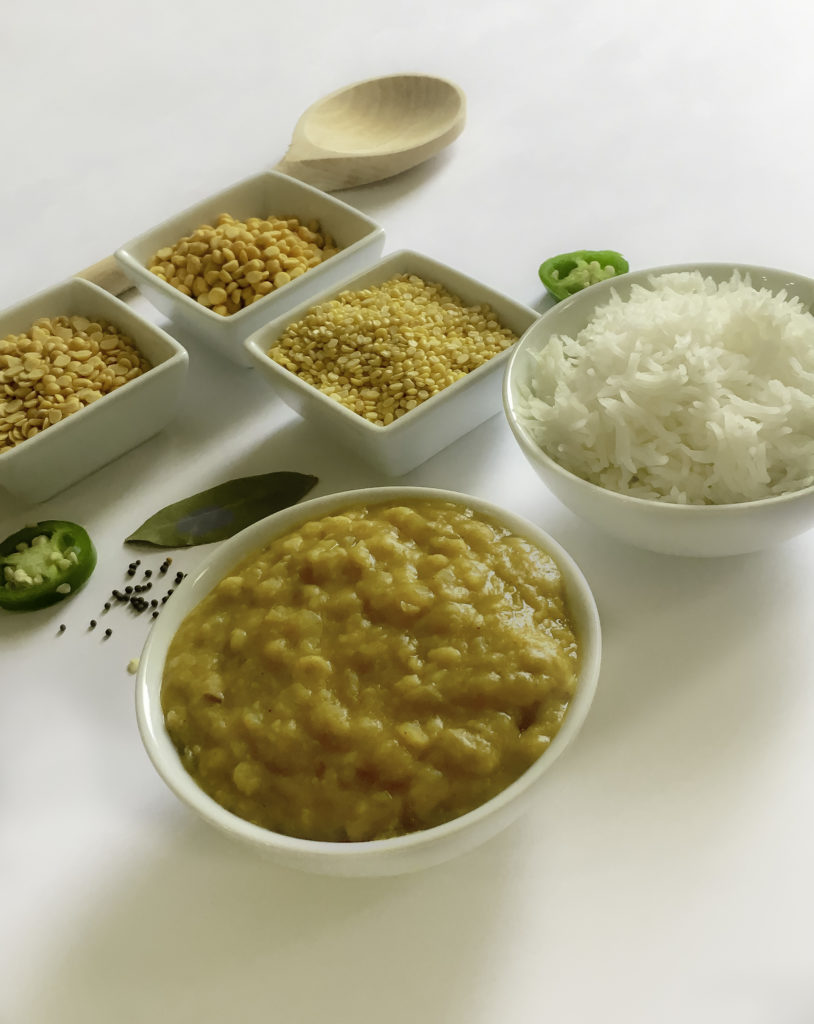
Dal Tadka
Did you enjoy reading The Vegetarian’s Guide To Beans?






Thank you – great article, very informative.
Hi Honorah! So happy to hear you liked it!